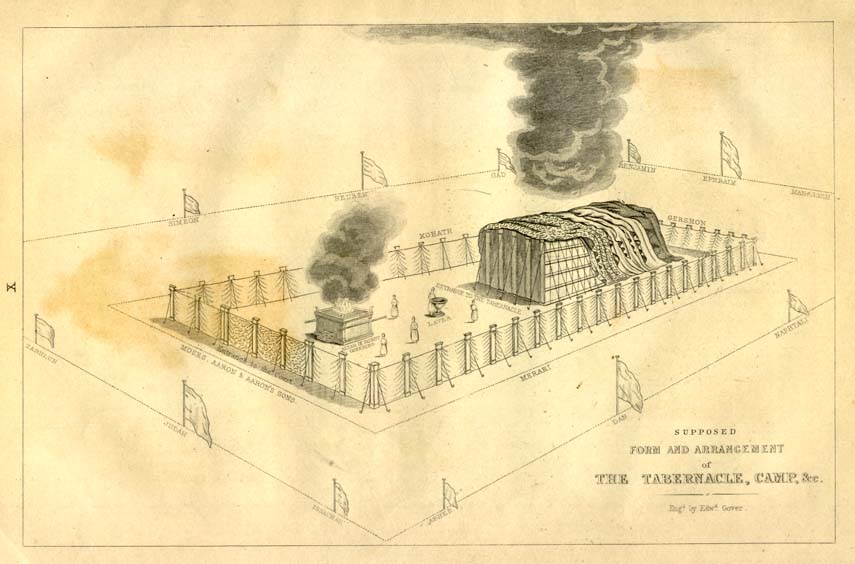Parasha Tzav is the second portion in the book of Leviticus, following Vayikra. This portion continues to describe the various offerings and sacrifices that were to be presented to God in the Tabernacle or Temple. However, Tzav focuses more specifically on the duties of the priests and their role in the sacrificial system.
The name of the portion, Tzav, means “command,” and refers to the instructions that God gives to Moses regarding the duties of the priests. These instructions are given in great detail and outline the various procedures that the priests were to follow in offering the sacrifices. Tzav emphasizes the importance of following these instructions precisely, as any deviation from the prescribed procedures could render the offering unacceptable to God.
One of the central themes of Tzav is the concept of the “perpetual fire.” This refers to the fire that was kept burning on the altar in the Tabernacle or Temple at all times. The priests were responsible for keeping this fire burning, and it was considered a symbol of God’s continual presence among His people. Tzav describes the procedures for maintaining the perpetual fire and emphasizes the importance of keeping it burning.
Another important aspect of Tzav is the description of the various types of offerings that were to be presented to God. These offerings included the burnt offering, the meal offering, the sin offering, the guilt offering, and the peace offering. Each type of offering had specific rules for how it was to be prepared and presented, and each had a unique purpose.
The burnt offering, as described in Tzav, was meant to be a symbol of complete surrender to God. The animal that was offered was completely consumed by the fire, and the aroma of the sacrifice was believed to ascend to heaven as a pleasing fragrance to God. The meal offering, on the other hand, was a non-animal offering that was made from flour, oil, and frankincense. It symbolized gratitude to God and a recognition of His provision.
The sin offering and guilt offering were meant to atone for specific sins committed by an individual or the community. The sin offering was for unintentional sins, while the guilt offering was for intentional sins. These offerings required the confession of the sin, the sacrifice of an animal, and the sprinkling of blood on the altar.
In addition to the descriptions of the offerings, Tzav also emphasizes the role of the priests in the sacrificial system. The priests were responsible for offering the sacrifices and ensuring that they were performed according to the prescribed procedures. They were also responsible for maintaining the purity of the Tabernacle or Temple and ensuring that the people remained in a right relationship with God.
Overall, Parasha Tzav provides a detailed description of the duties of the priests in the Israelite sacrificial system. The portion emphasizes the importance of following the prescribed procedures precisely and highlights the significance of the perpetual fire as a symbol of God’s presence among His people. While the laws and procedures described in Tzav may seem outdated or irrelevant to modern readers, they provide important insight into the beliefs and practices of the Israelites and offer a glimpse into their understanding of God and the nature of sin.
Tzav
צו
Malachi 3:4-24
Lo, I will send the prophet Elijah to you before the coming of the awesome, fearful day of the LORD.
מלאכי
ג׳:ד׳-כ״ד
הנה אנכי שולח לכם את אליה הנביא לפני בוא יום יהוה הגדול והנורא



















One Response